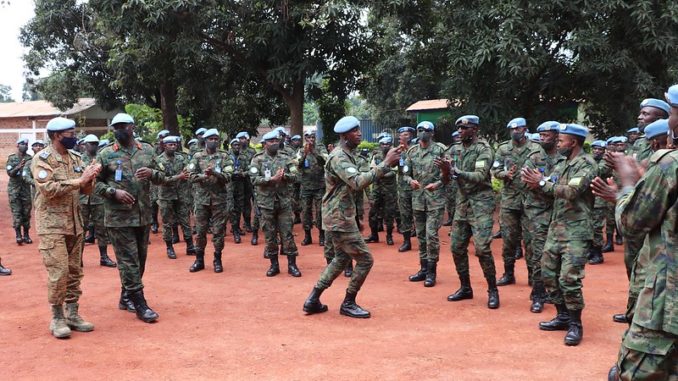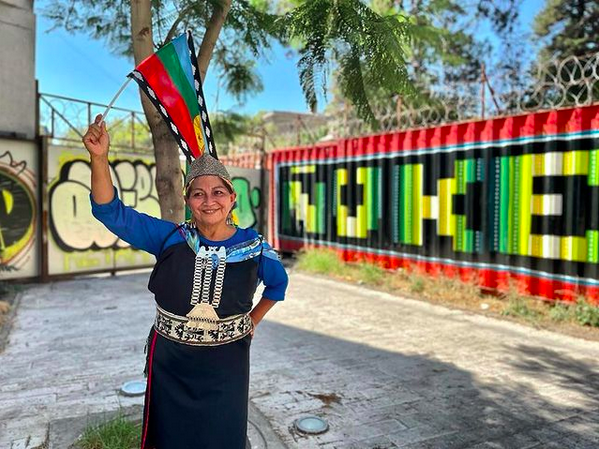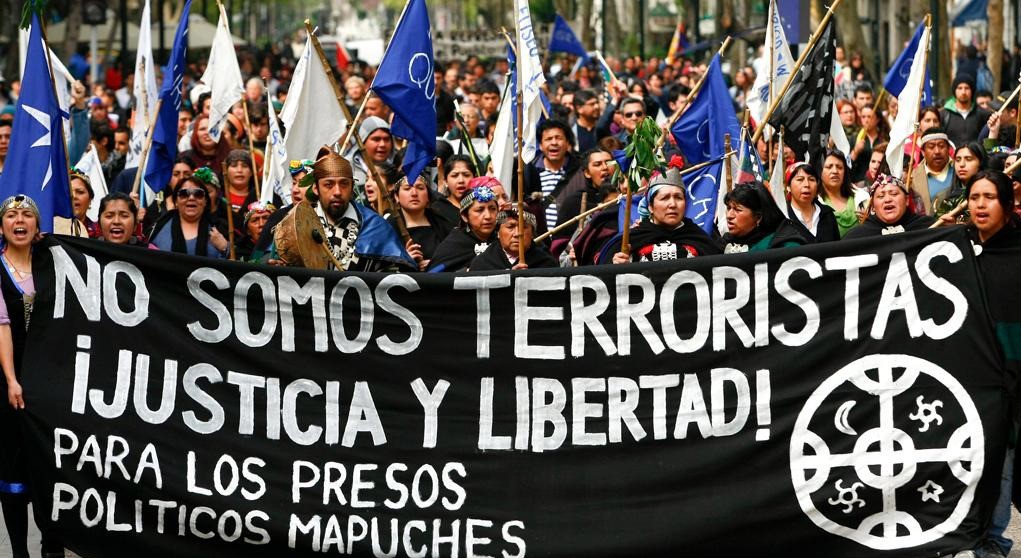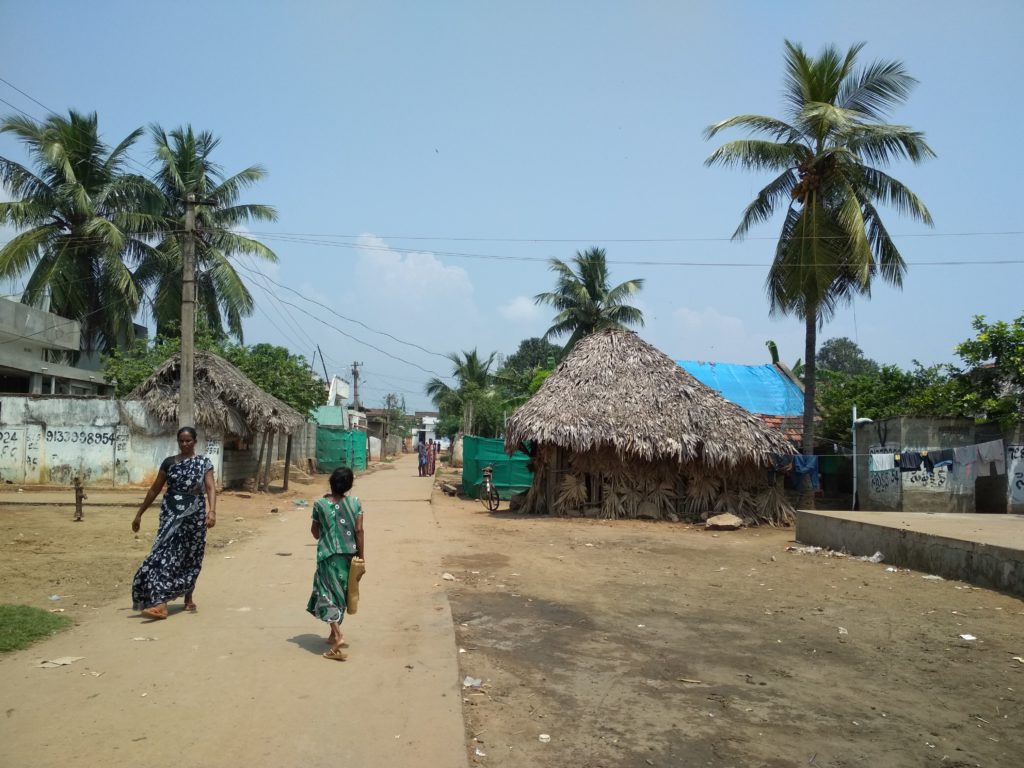
What left many grumbling at the 26th meeting of the Conference of Parties (COP26) held in November in Glasgow was rich countries like the United States and those in the European Union striking down the Glasgow Loss and Damage Facility, a body created to address how to compensate developing countries for climate change-related losses and damages. Wealthy countries have been found to be most responsible for causing the climate crisis and face litigation as well as ensuing liabilities and payouts.
But the demand to recognize loss and damage remains alive. A good indication being many climate-vulnerable developing countries have referenced loss and damage in their Nationally Determined Contributions (NDCs). Under the 2015 Paris Agreement, countries are required to submit NDCs to detail their national action to address global climate change, including steps to adapt to a changing climate and the form of financial assistance needed to undertake such action.
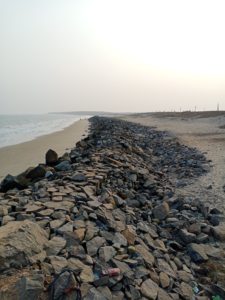
Small-Income and Developing Countries Hard Hit
A report published in October, 2021 found one-third of the 250 NDCs that were analyzed explicitly mentioned loss and damage. Most were from small-island developing states and least developed countries in the Asia-Pacific, Latin America and the Caribbean. The report was supported by the European Research Council’s Politics of Climate Change Loss and Damage (CCLAD) project.
“NDCs are political documents and not just technical submissions [under the Paris Agreement],” said Elisa Calliari, a co-author of the report.
Developed countries tend to focus on mitigation action, like the deployment of renewable energy. But that hasn’t been the case for the majority of the world’s states.
“Developing countries have pushed hard for the inclusion of adaptation in NDCs because, for them, this is more of a priority than mitigation,” Calliari pointed out. “So you can see the politics.”
For people living in an island nation like Sri Lanka, “key loss and damage impacts are felt in food systems and other vulnerable sectors, like the coastal and marine sector and water resources. These impacts have already resulted in migration interlinked with or induced by climate change among vulnerable communities,” said Vositha Wijenayake, executive director of the SLYCAN Trust, a non-profit think tank working in Asia, Africa and Europe. Its work focuses on climate change, biodiversity and ecosystems, sustainable development, and social justice.
Sri Lanka is classified as a lower-middle income/developing country. Given that it is also an island, its exposure to climate-related risks is high. These two factors make it extremely vulnerable to climate impacts and the ability to withstand them.
So, Wijenayake added, it is important for countries most vulnerable to climate change that loss and damage is a “key component” in addressing climate change processes, both negotiations and climate action. And this is why Sri Lanka was among the first countries to have a separate section allocated to loss and damage commitments included in its first NDCs submitted in September 2016. Building on this, the updated NDC of Sri Lanka submitted last July includes a separate section on loss and damage.
Interestingly, the report says upper-income countries like Costa Rica, Chile and Uruguay also have cited loss and damage in their NDCs.
And outside of NDCs, many developing countries have explicitly stated loss- and damage-related demands. For instance, consider India’s environment ministry laying out ahead of COP26, “There should be a compensation for expenses incurred, and it should be borne by developed nations.”
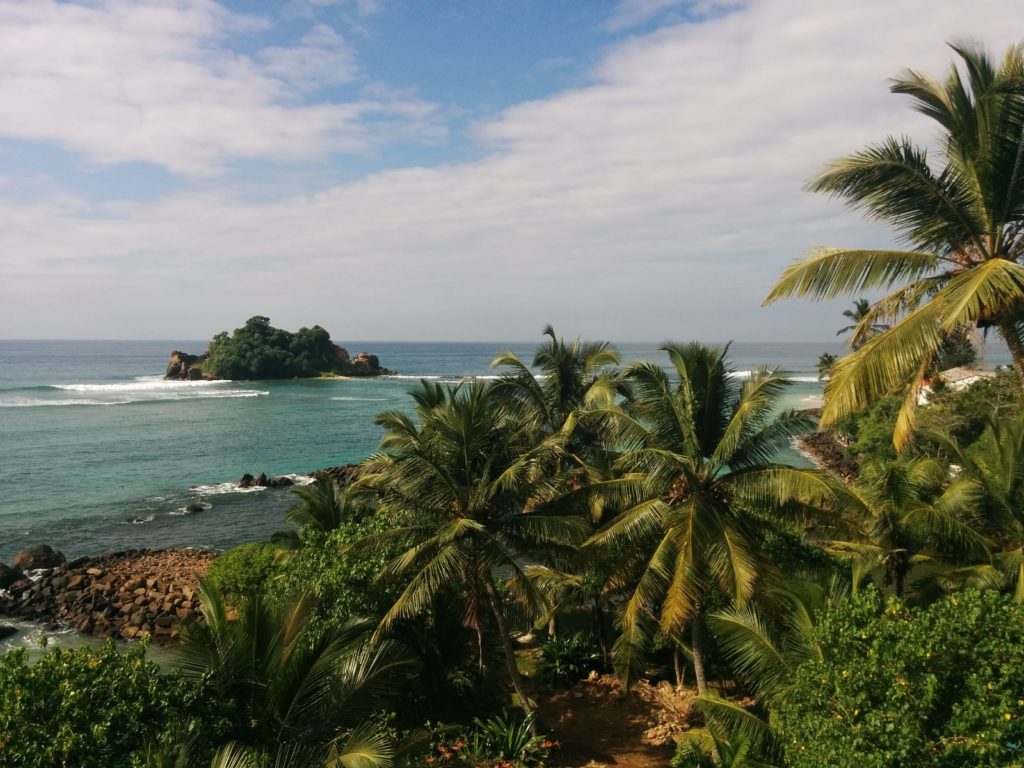
How to Fund Loss and Damage
A question that usually rears its head with respect to addressing loss and damage is how to “operationalize” it, or what processes and institutions could be set up at the global and national levels to address loss and damage.
“[One way would be] to look at NDCs for a bottom-up approach to understand how countries themselves are looking at loss and damage,” Calliari said.
Of the NDCs that explicitly mention loss and damage, around half specify loss- and damage-related responses and initiatives like data gathering, analysis and assessment, and institutional capacities to address loss and damage. For example, Sri Lanka’s NDC has a whole section on loss and damage. It mentions strengthening its weather and climate forecasting systems, plus improving data management to record loss and damage. Meanwhile, Honduras’ NDC puts forth a “gender-responsive agricultural insurance mechanism for loss and damage.”
Wijenayake also stressed “inclusive and participatory processes,” in which the voices of those vulnerable to climate change are taken into account in the national and international policy-making processes. As is “ground-level implementation,” she added.
And so, country-specific NDCs could potentially be a good starting point to determine how to put mechanisms in place to address loss and damage on a global scale.
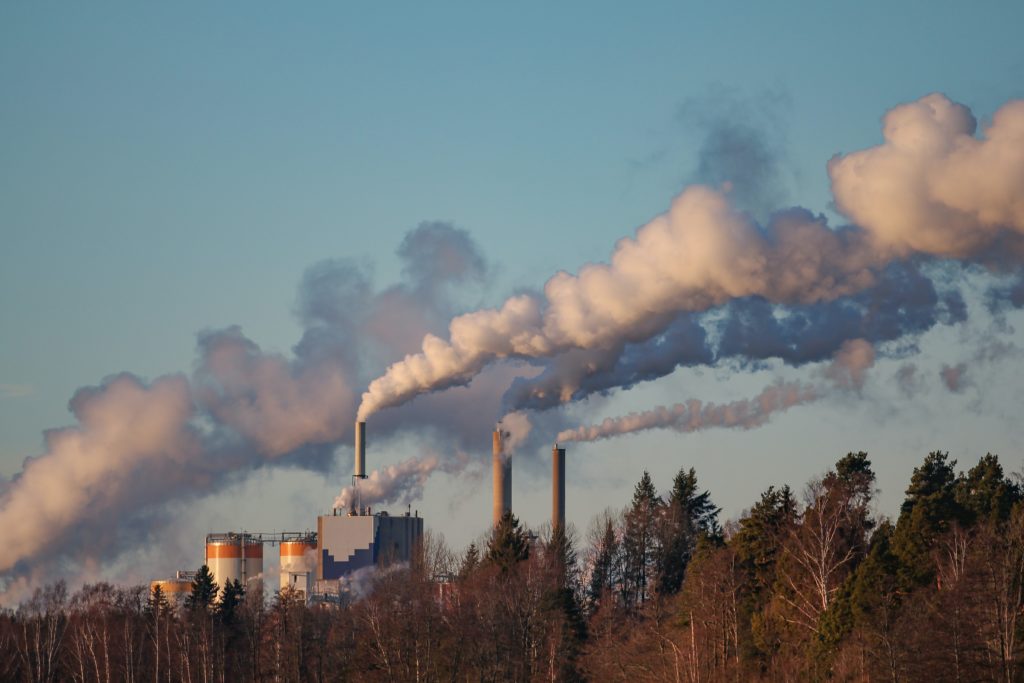
Getting Polluting Countries to Pay
The other gap that exists today is how finance can be mobilized to fund efforts that compensate for climate change-related loss and damage. A recent study by the Stockholm Environment Institute offers potential solutions.
The researchers propose finance should be provided based on the following:
- Solidarity,
- “polluter pays” principle that is based on “historical responsibility,” and
- the established notion of “common but differentiated responsibilities and respective capabilities” (or CBDR-RC, for short) under the United Nations Framework Convention on Climate Change (UNFCCC).
CBDR-RC means that while climate change is a shared concern, rich countries with a history of emitting carbon—like the United States and those in Europe—have a greater responsibility to take climate action than the poorer countries.
The “polluter pays” principle has only been used to hold fossil fuel companies accountable for environmental destruction. It implies more strict liabilities than “historical responsibilities,” which outlines broad principles based on past emissions.
The authors stress a combined approach that deploys the principles of solidarity, polluter pays and historical responsibility, as well as using the framework of CBDR-RC, to finance loss and damage.
A strictly liability-based approach would be “politically infeasible and communities cannot wait for years to prove the liability,” said Zoha Shawoo, an associate scientist at the Stockholm Environment Institute as well as one of the authors of the SEI report.
The research team also looked at methods of recovery and rehabilitation that communities would need after financing efforts to cover losses and damages. Those efforts can include planning the relocation of communities, assisting with migration and providing affected people with alternative livelihoods. Here, too, NDCs could help with granular details like national-level entities and processes that could assist local communities with issues like displacement and loss of livelihood.
Rishika Pardikar is a freelance journalist in Bangalore, India. She had reported for Toward Freedom from COP26 in Glasgow.


